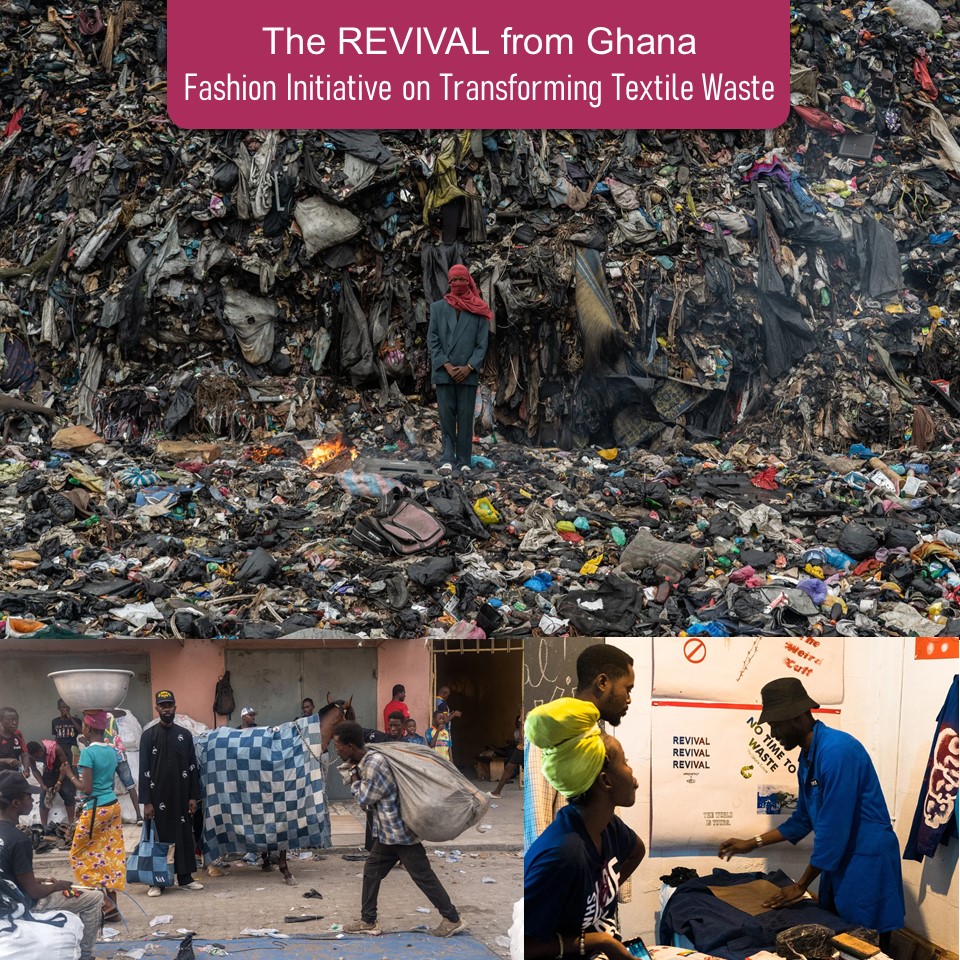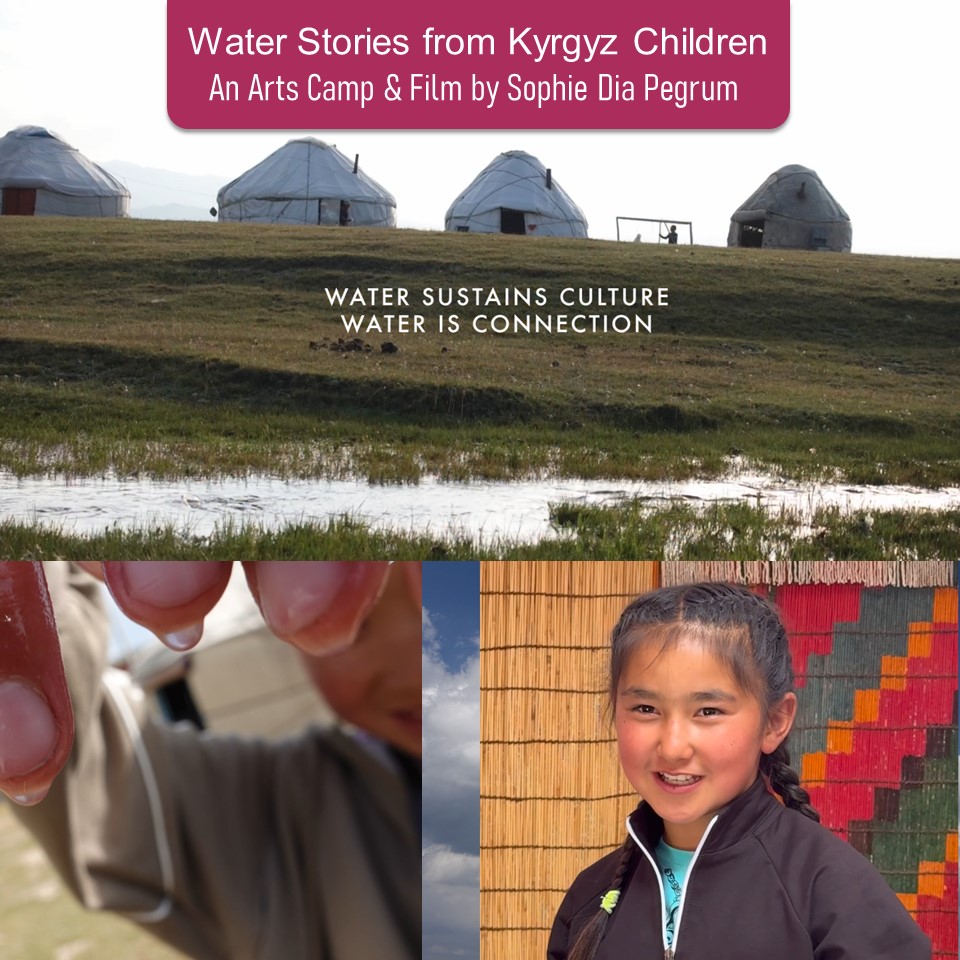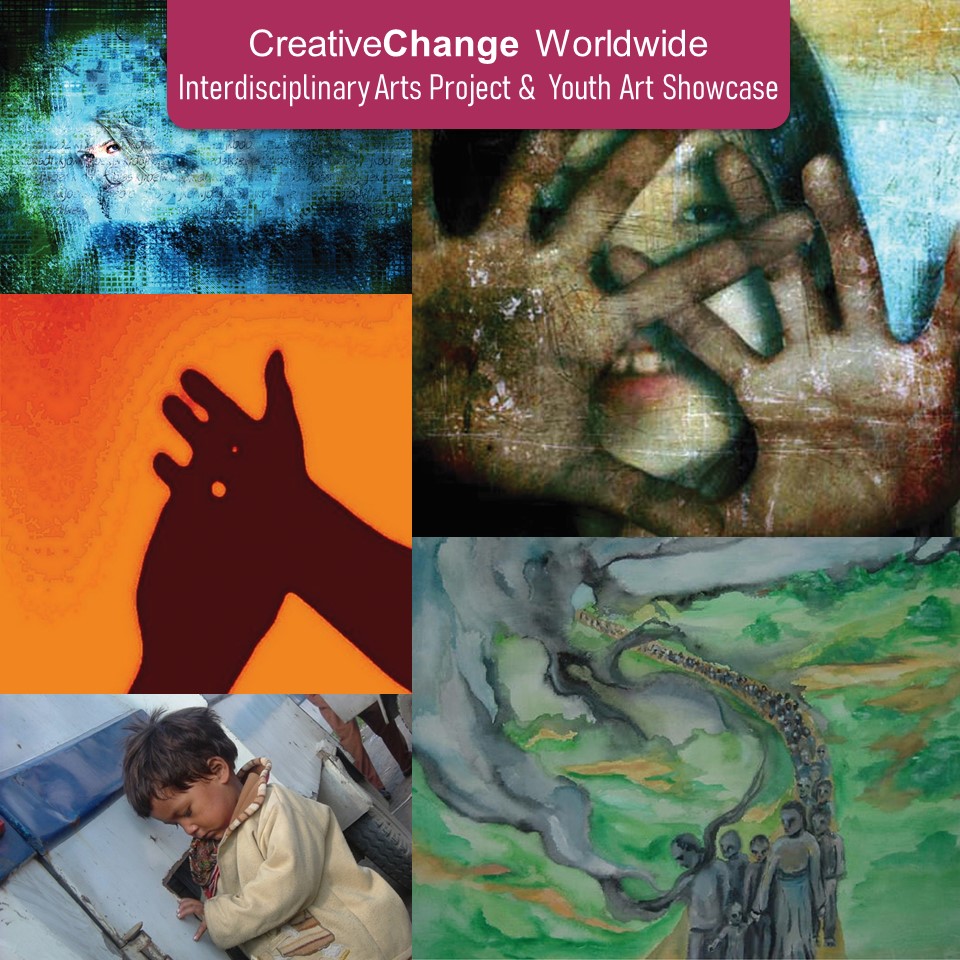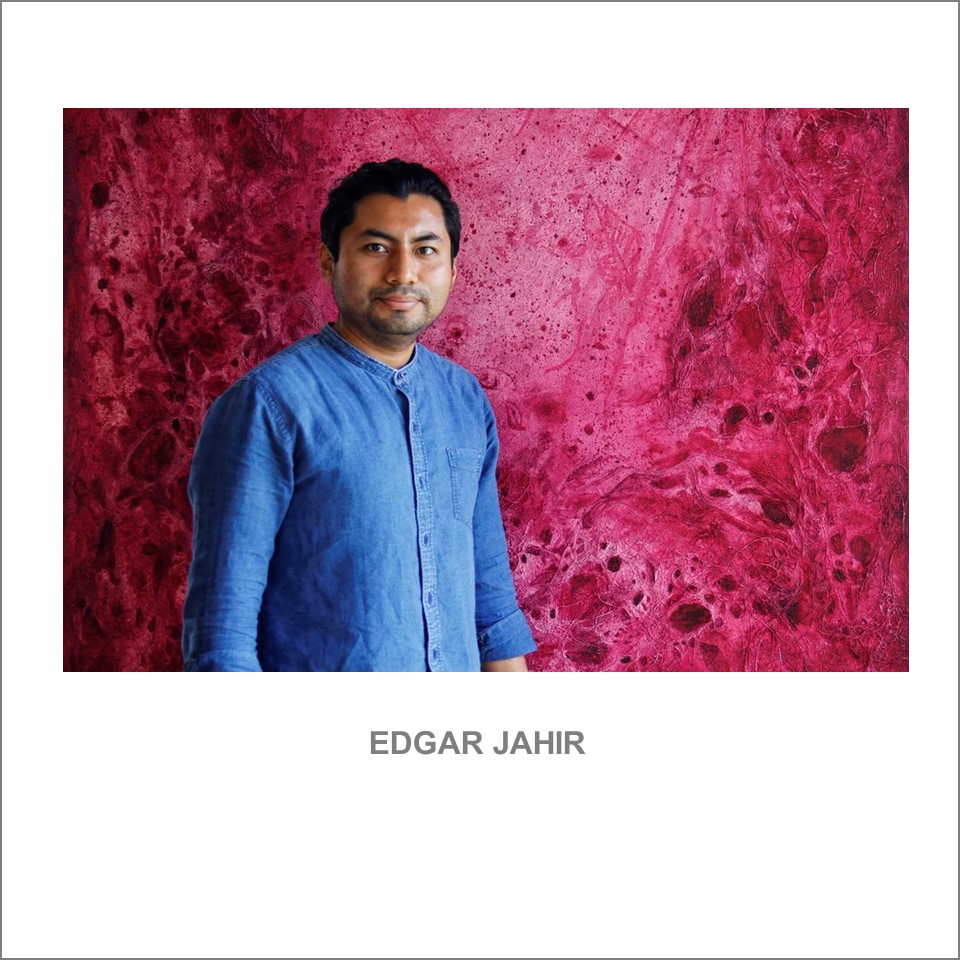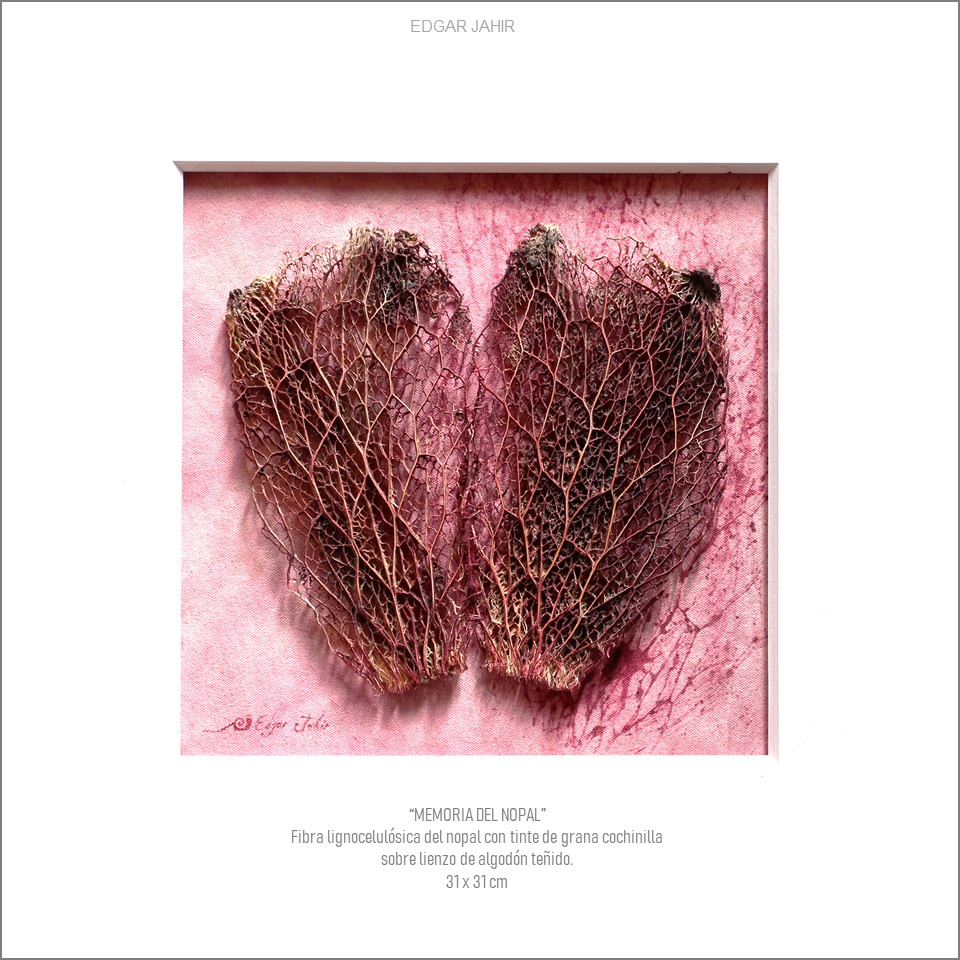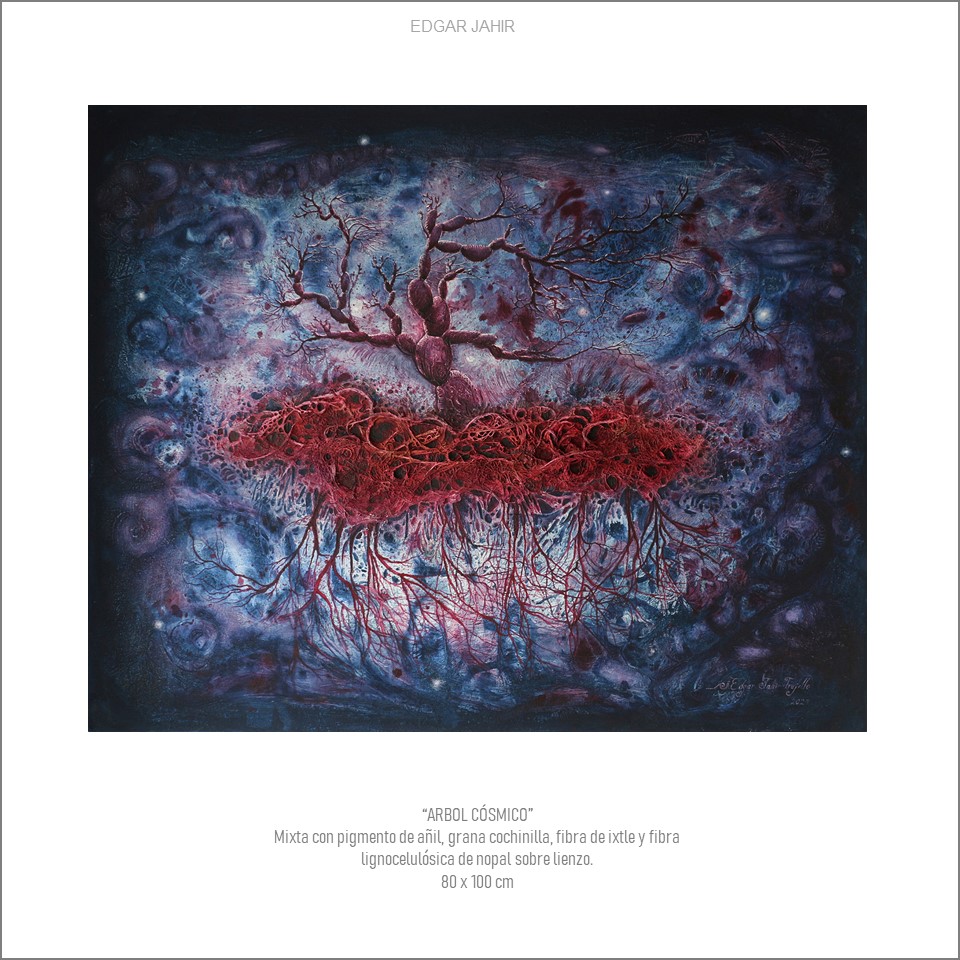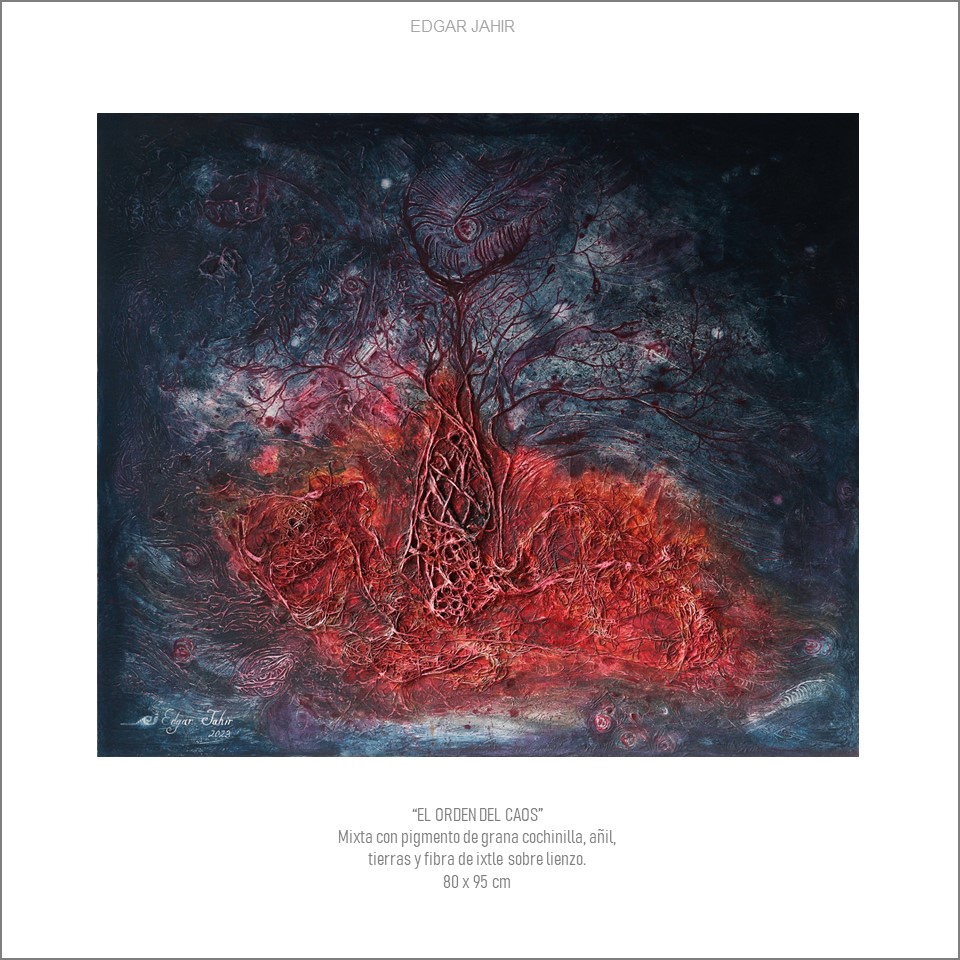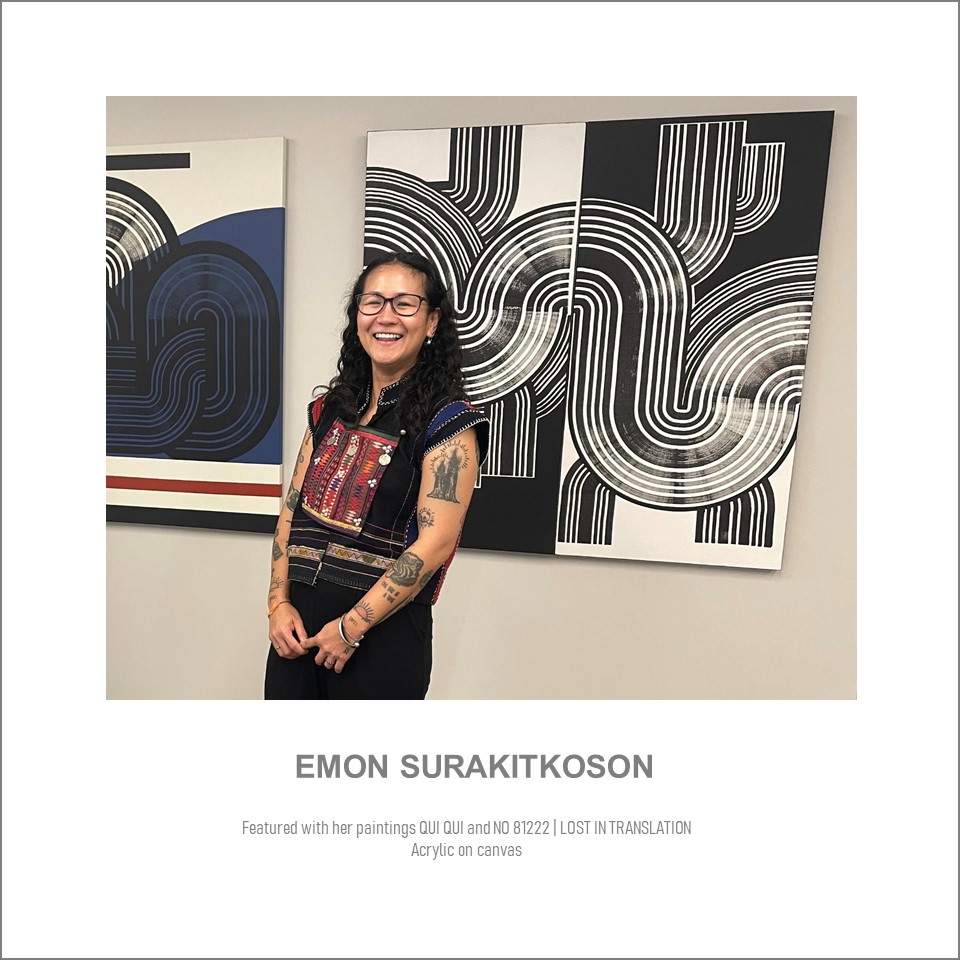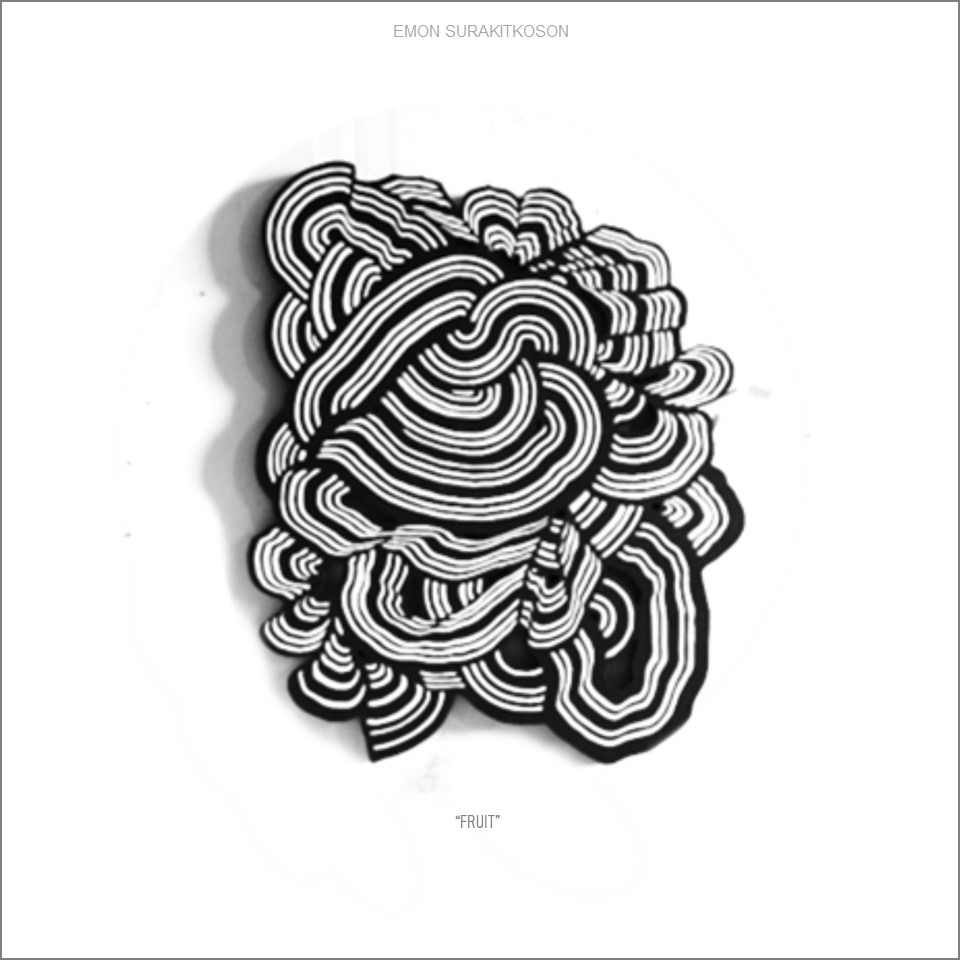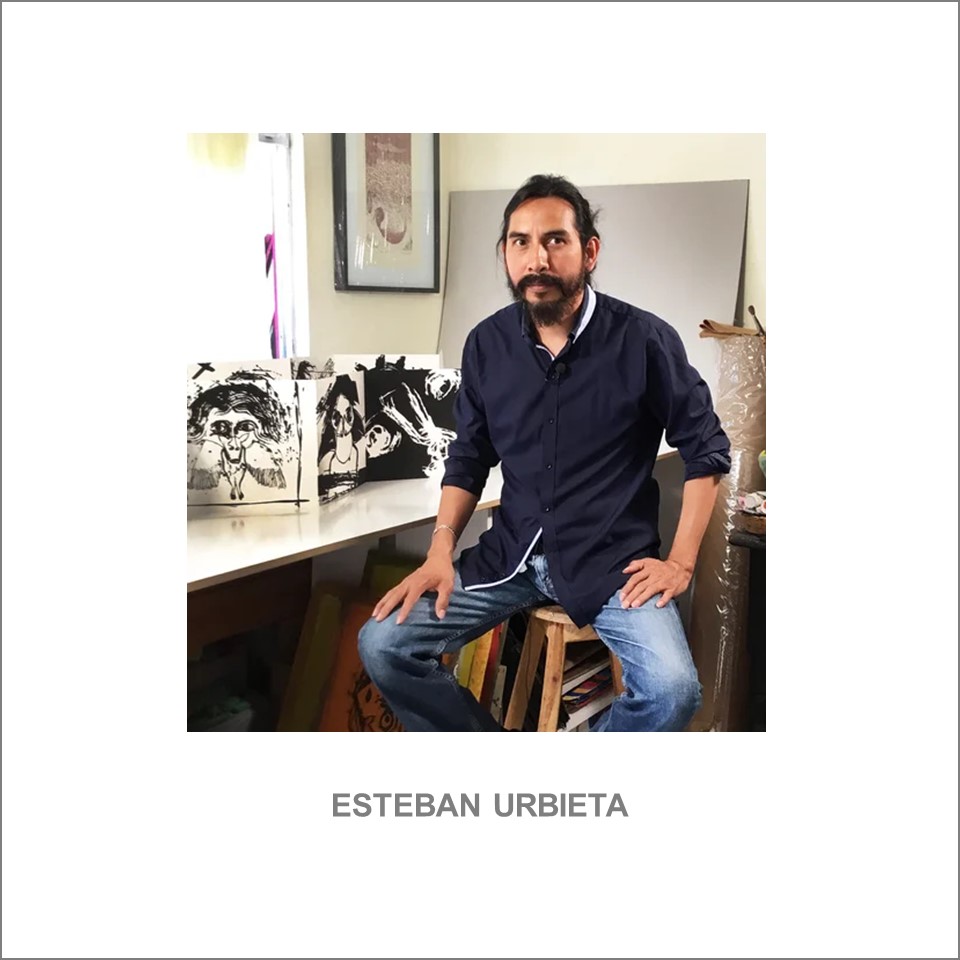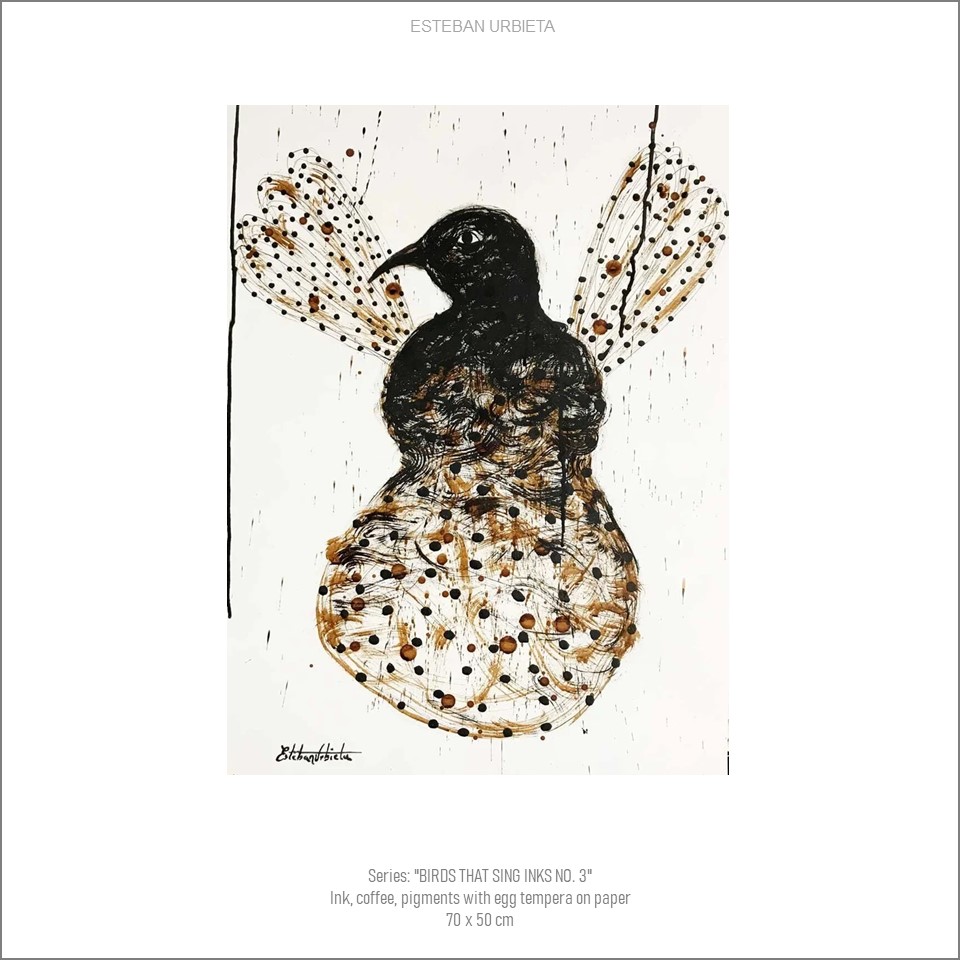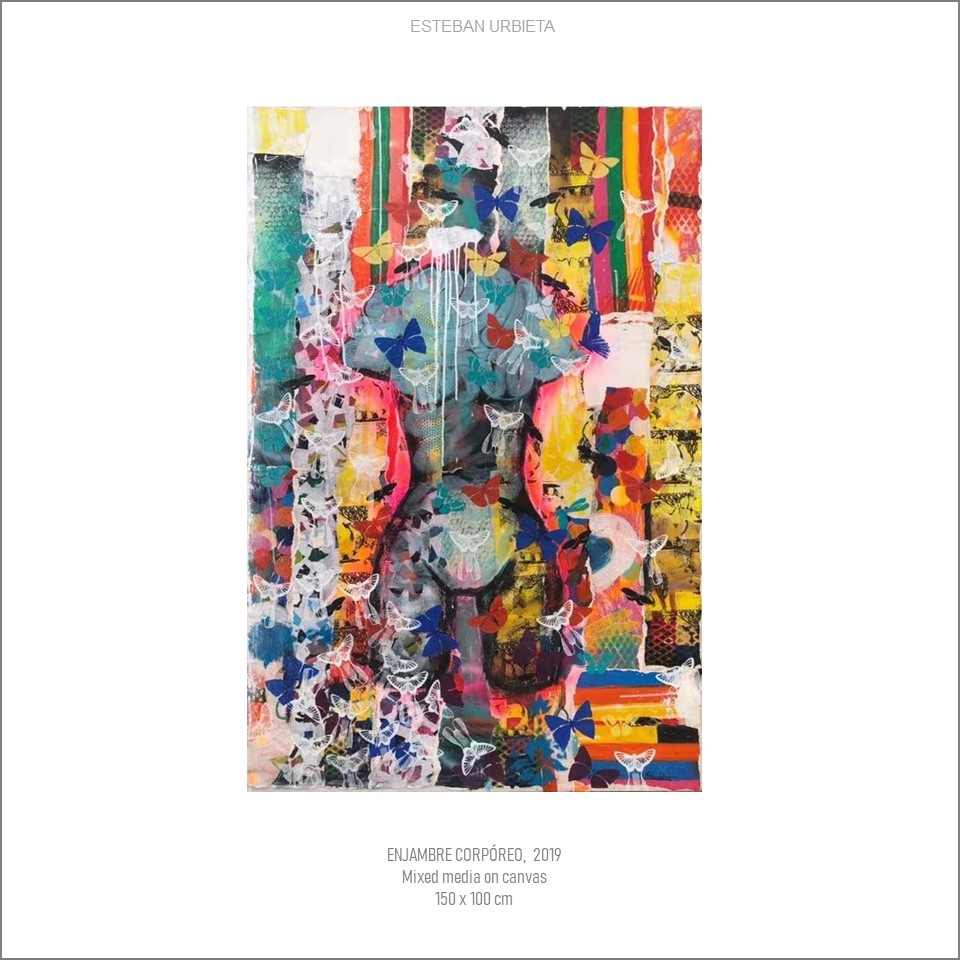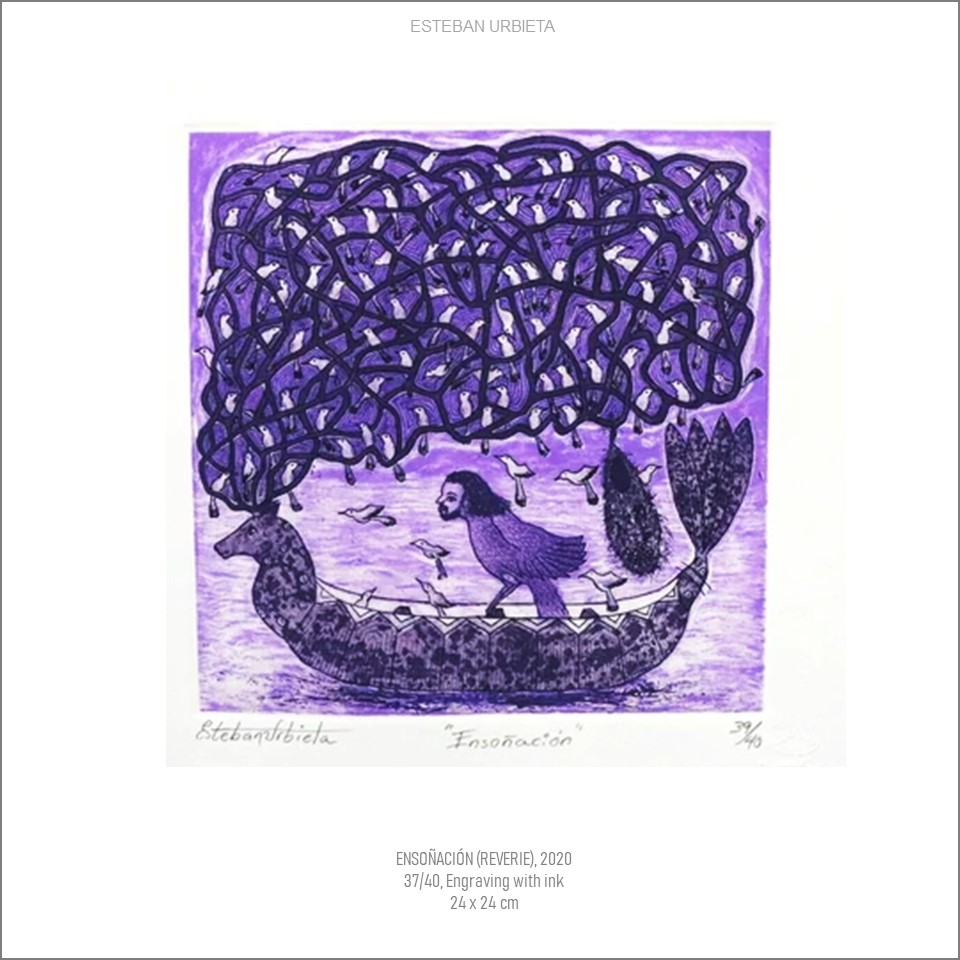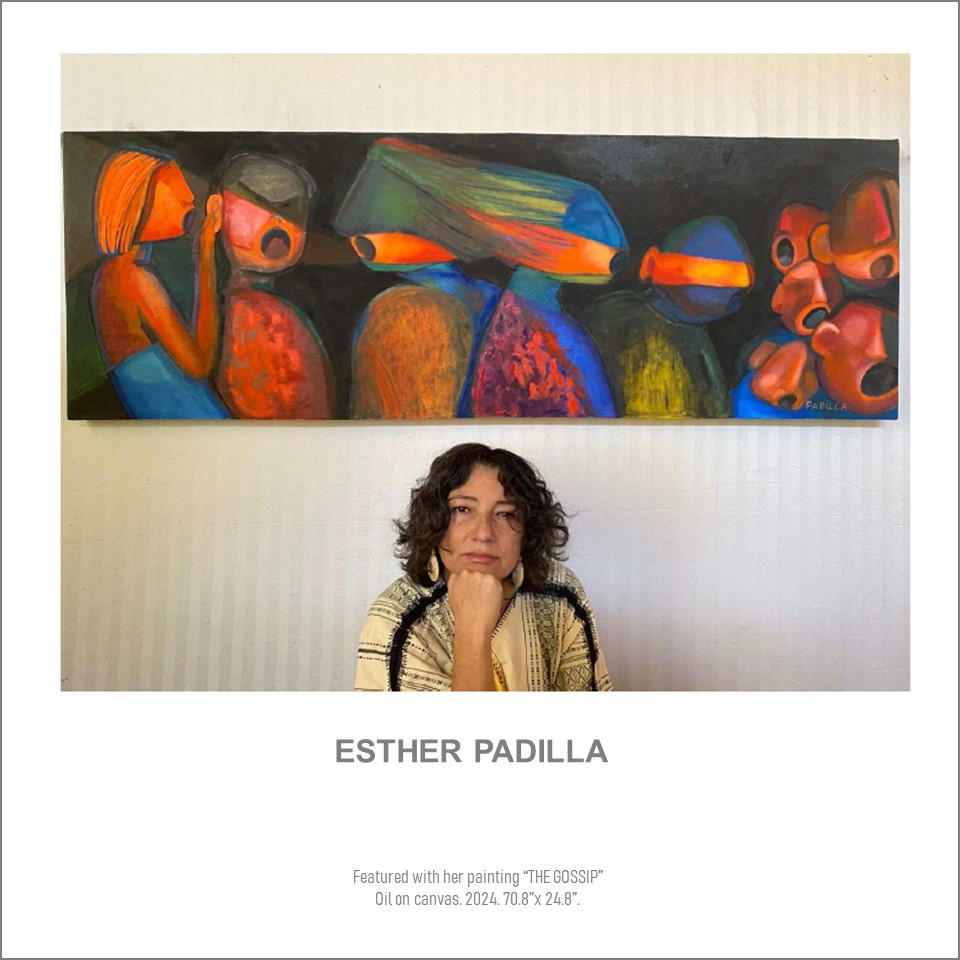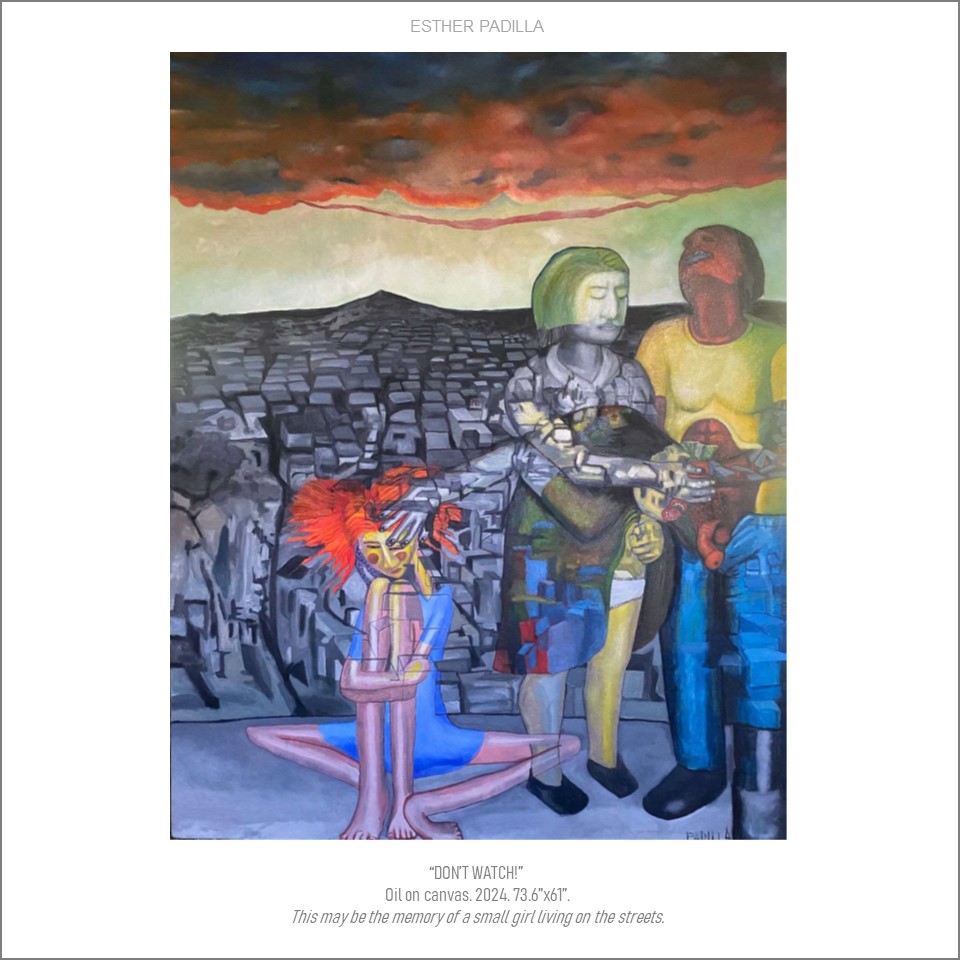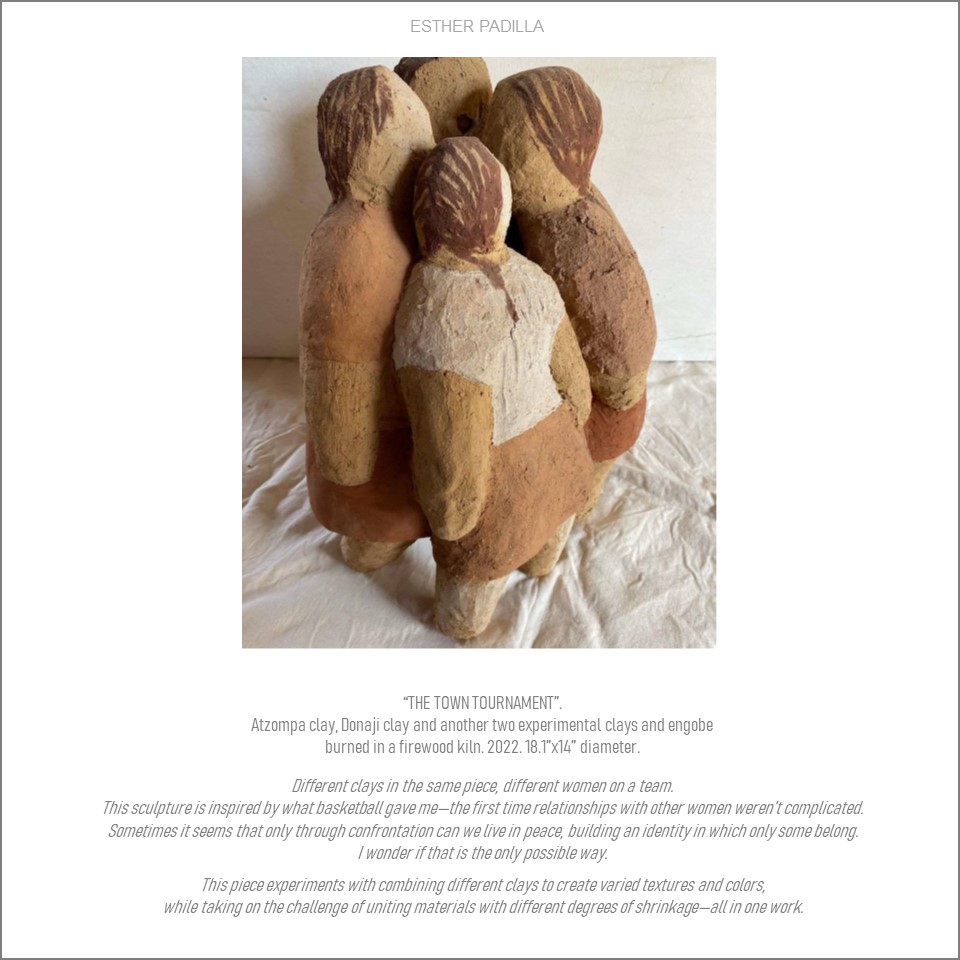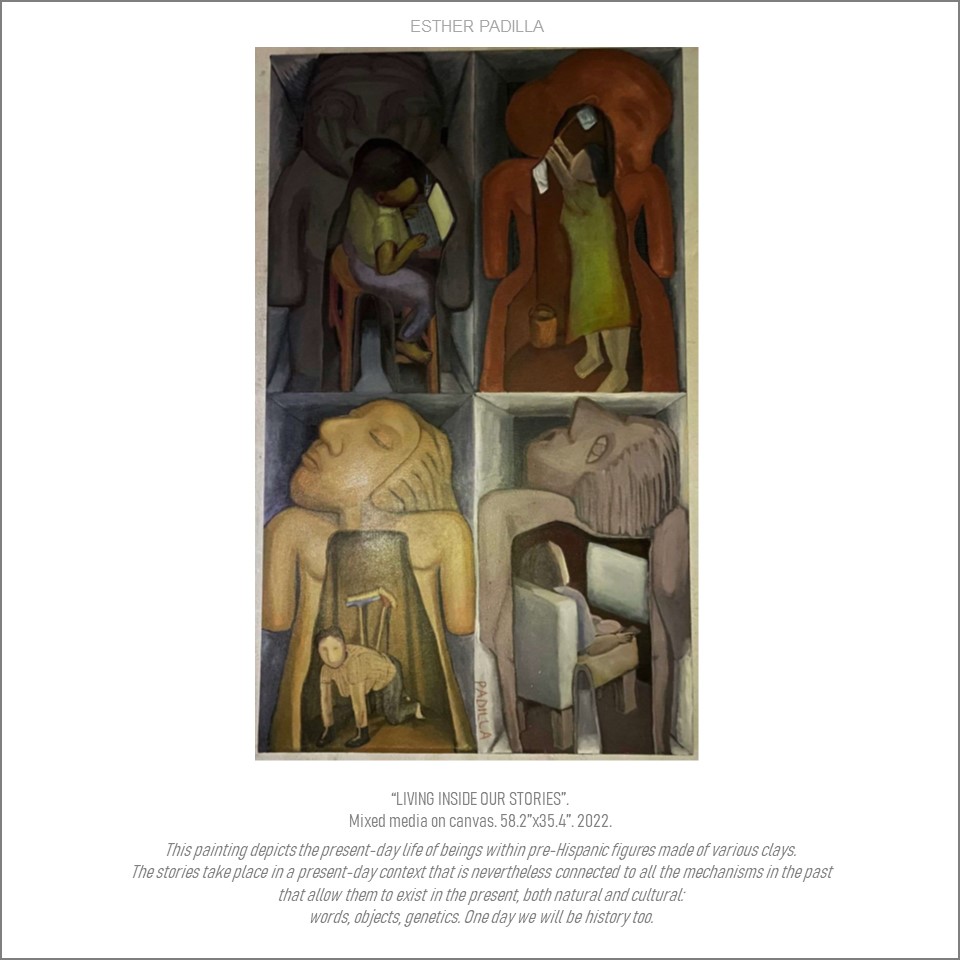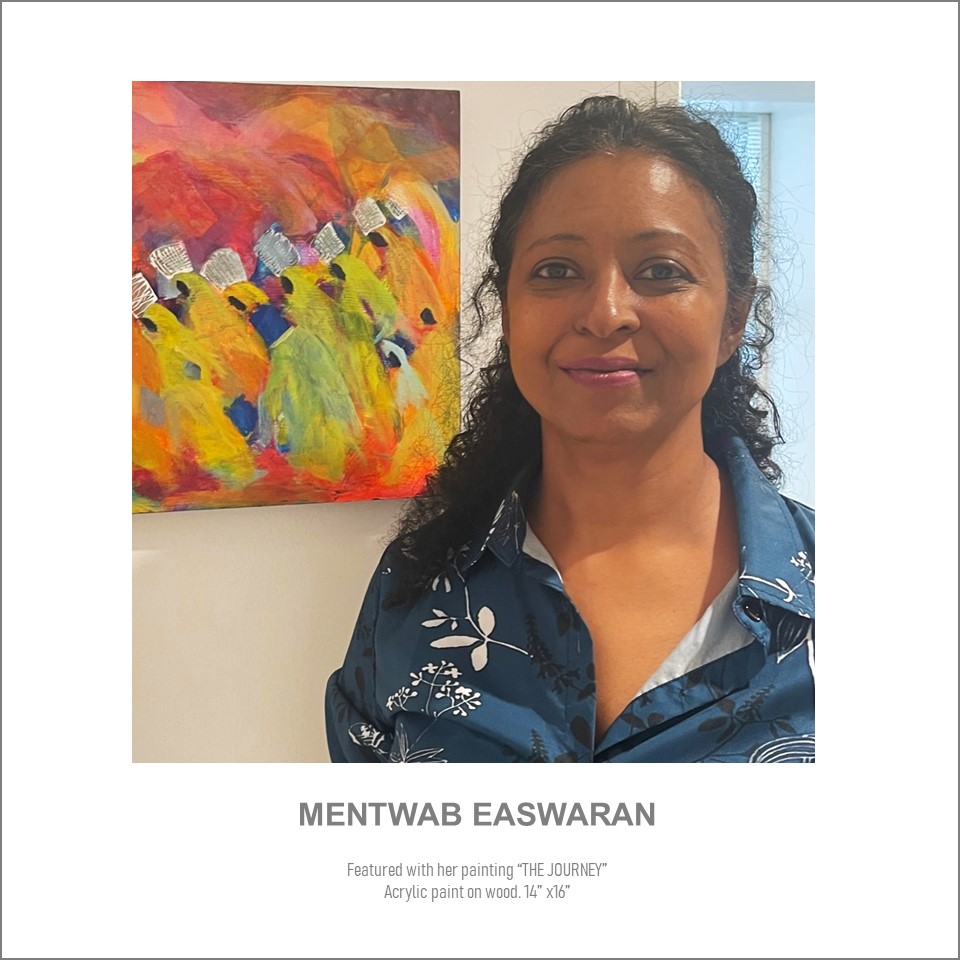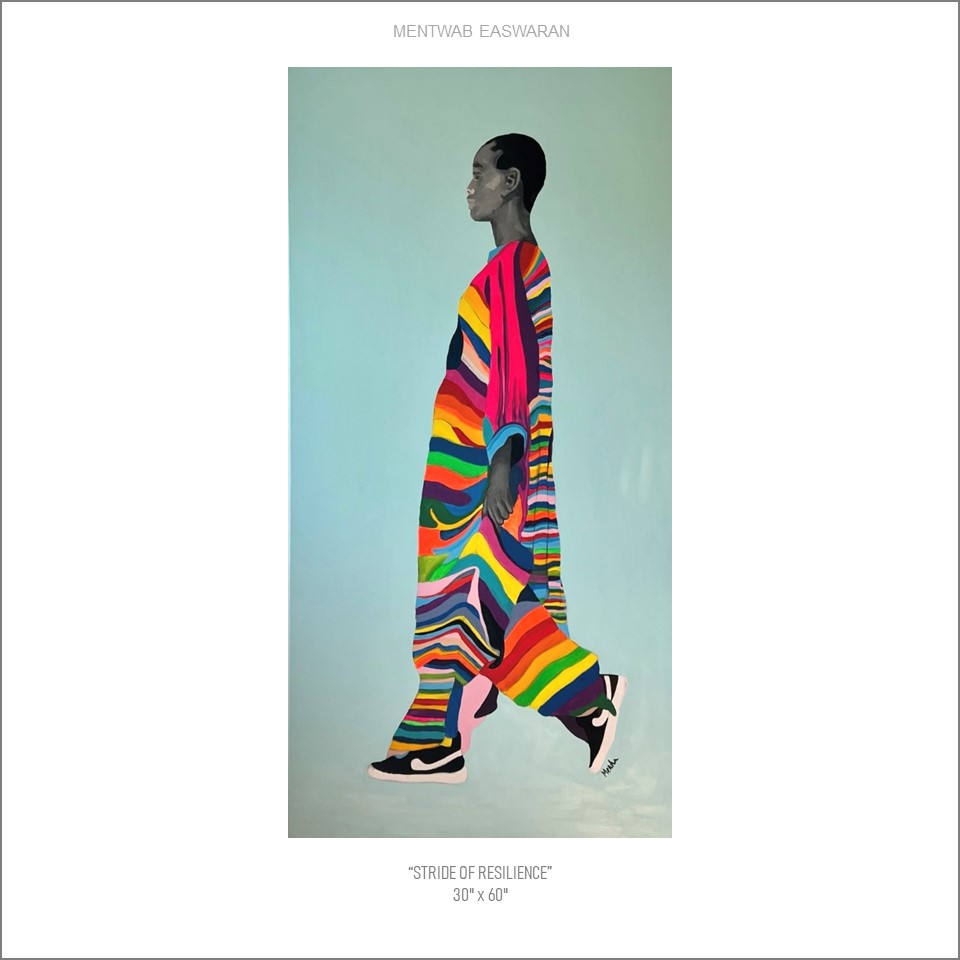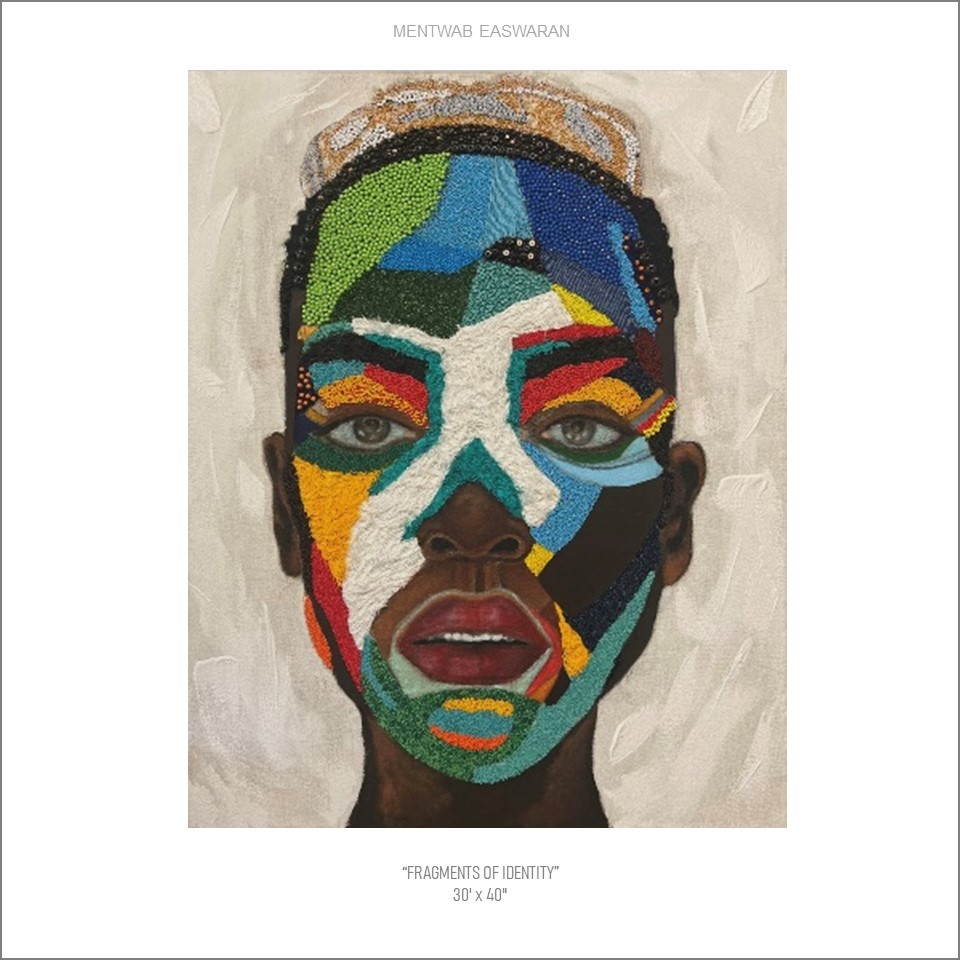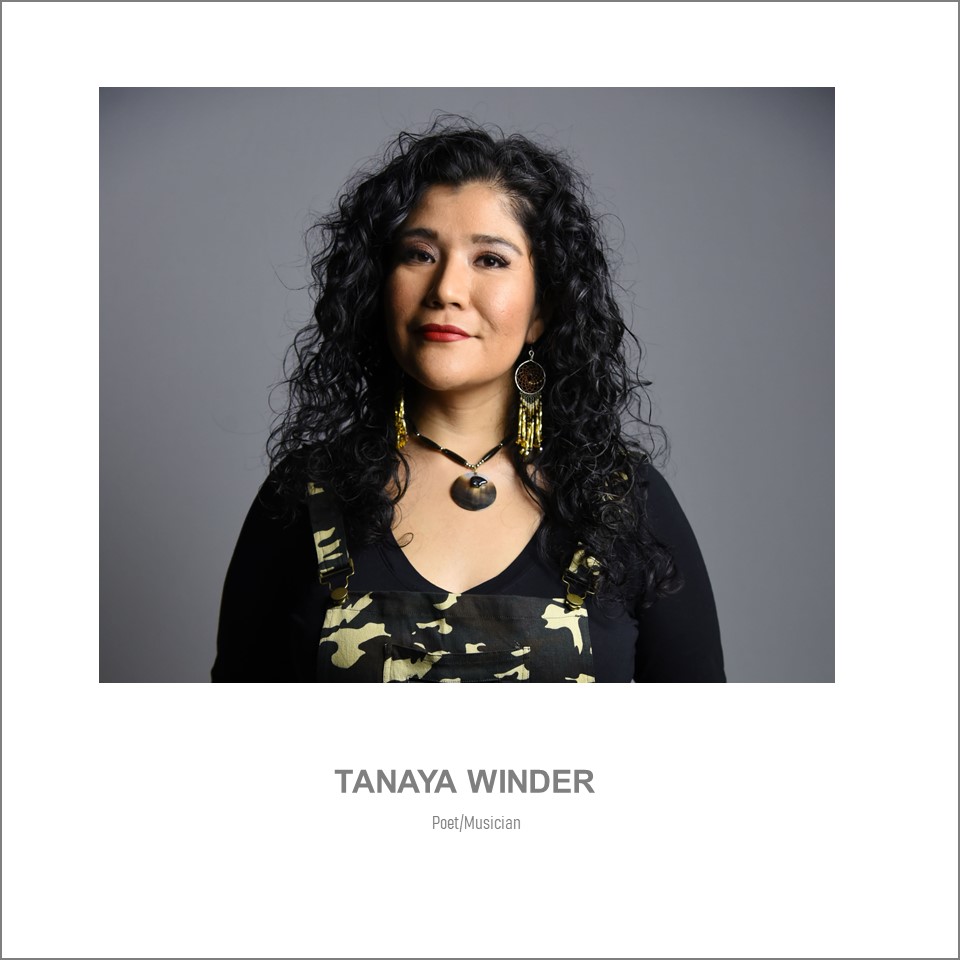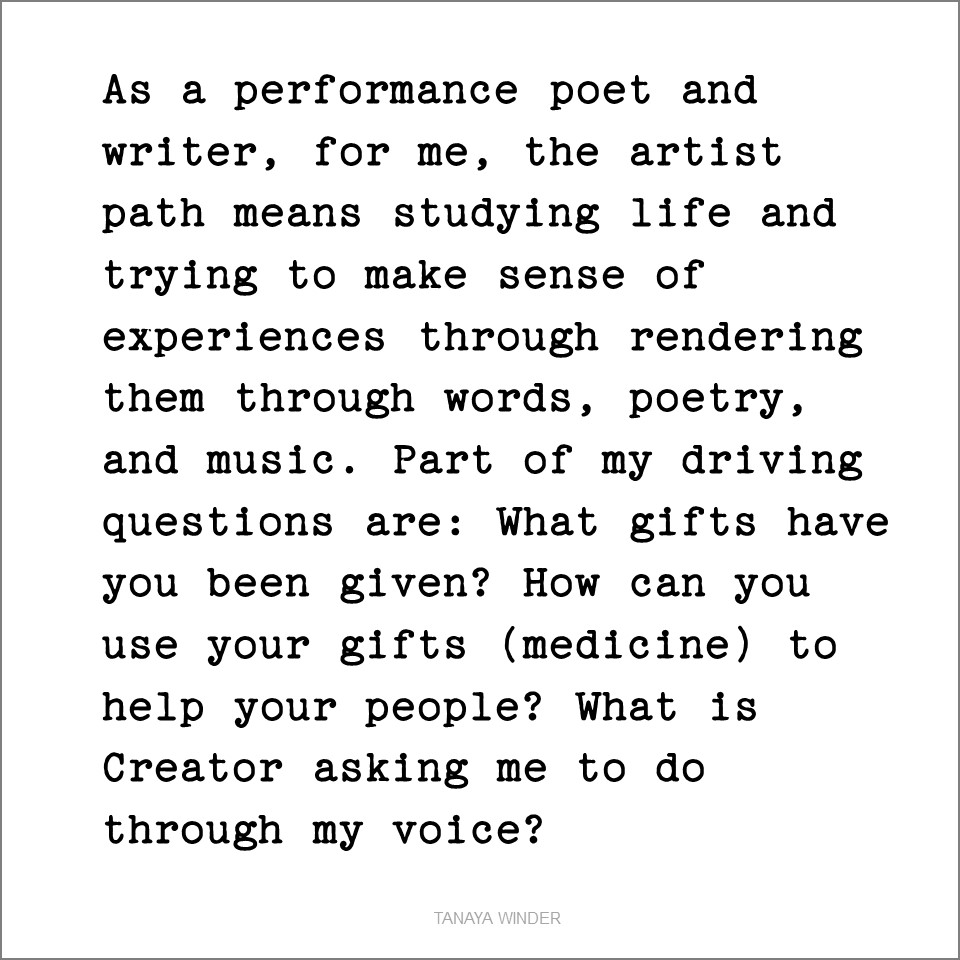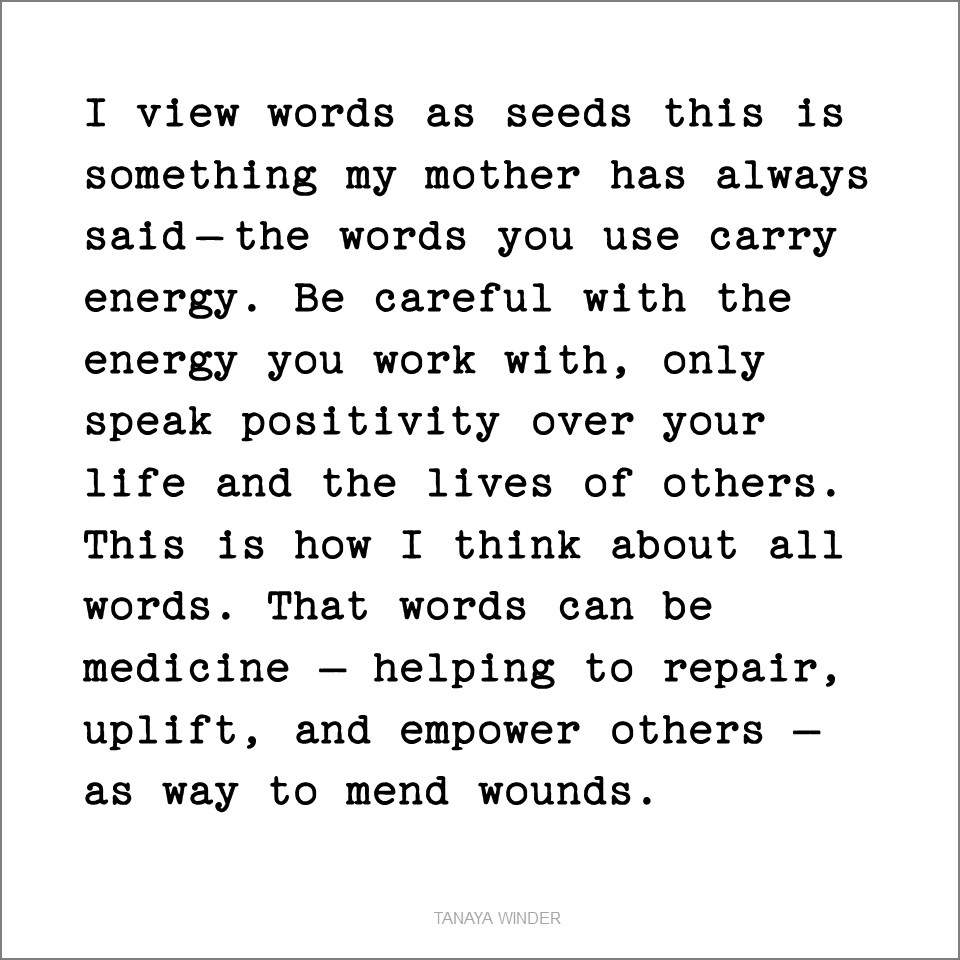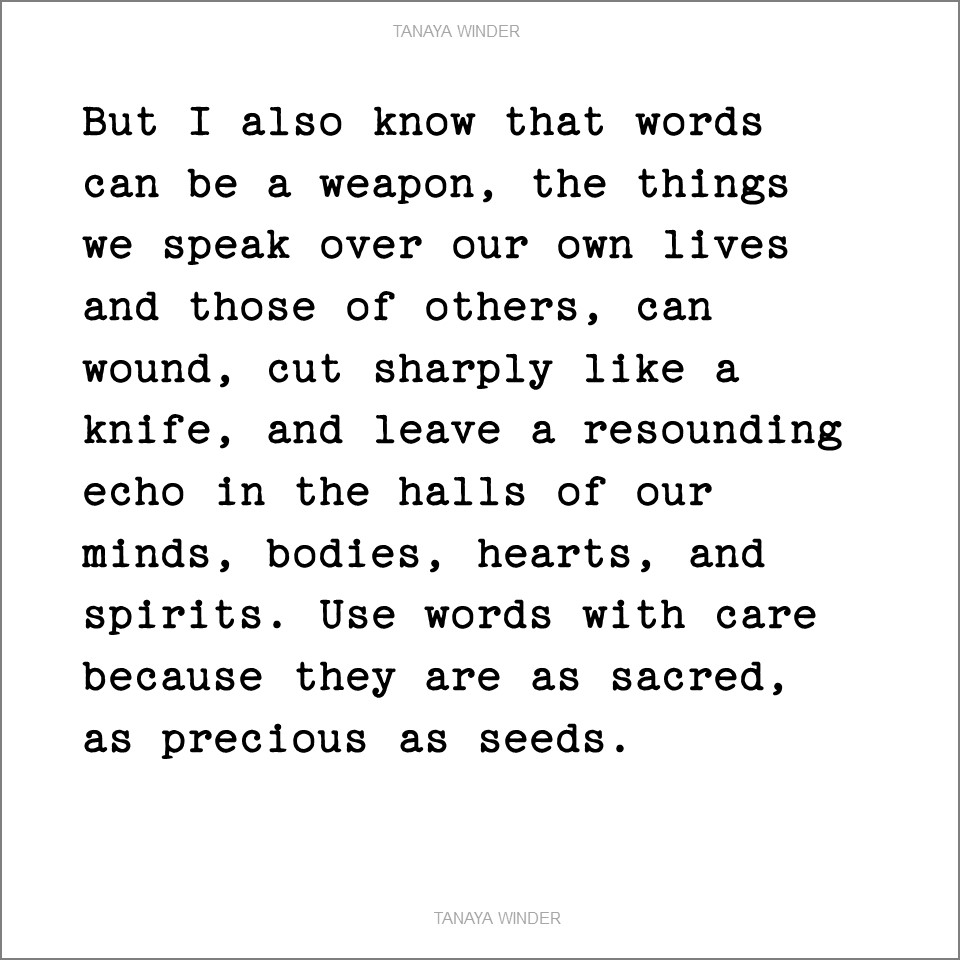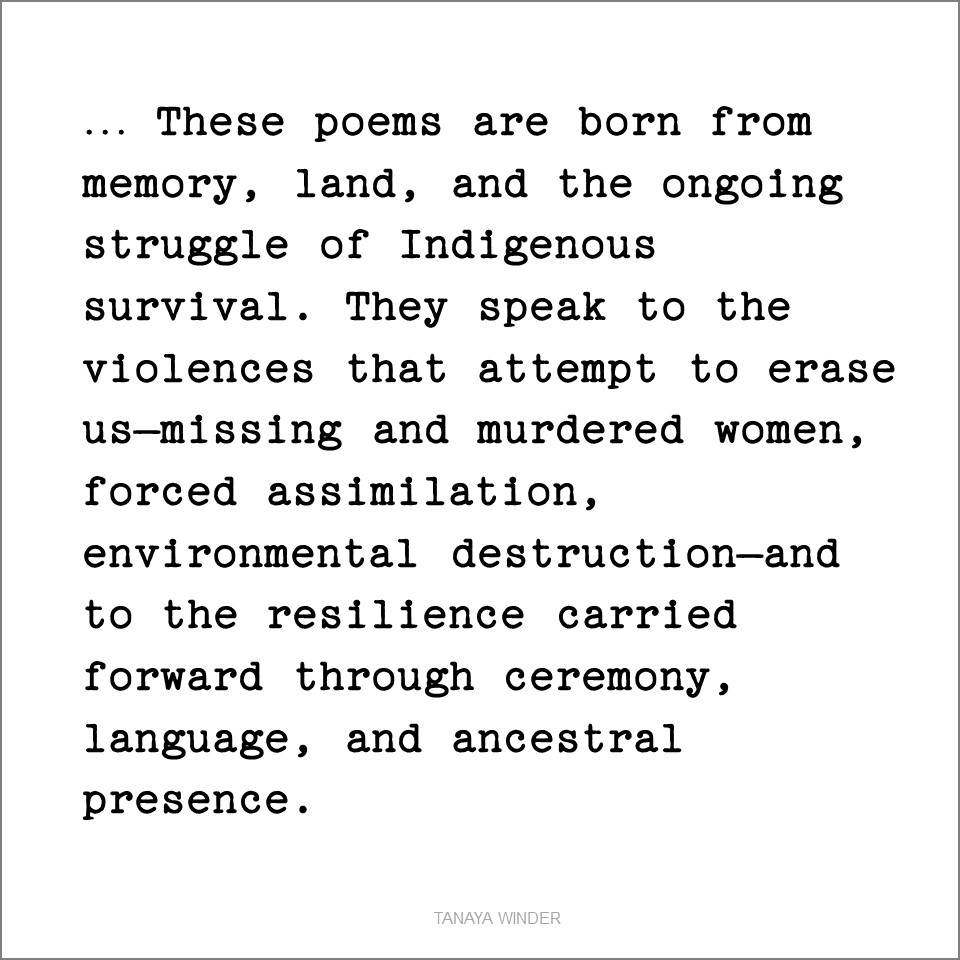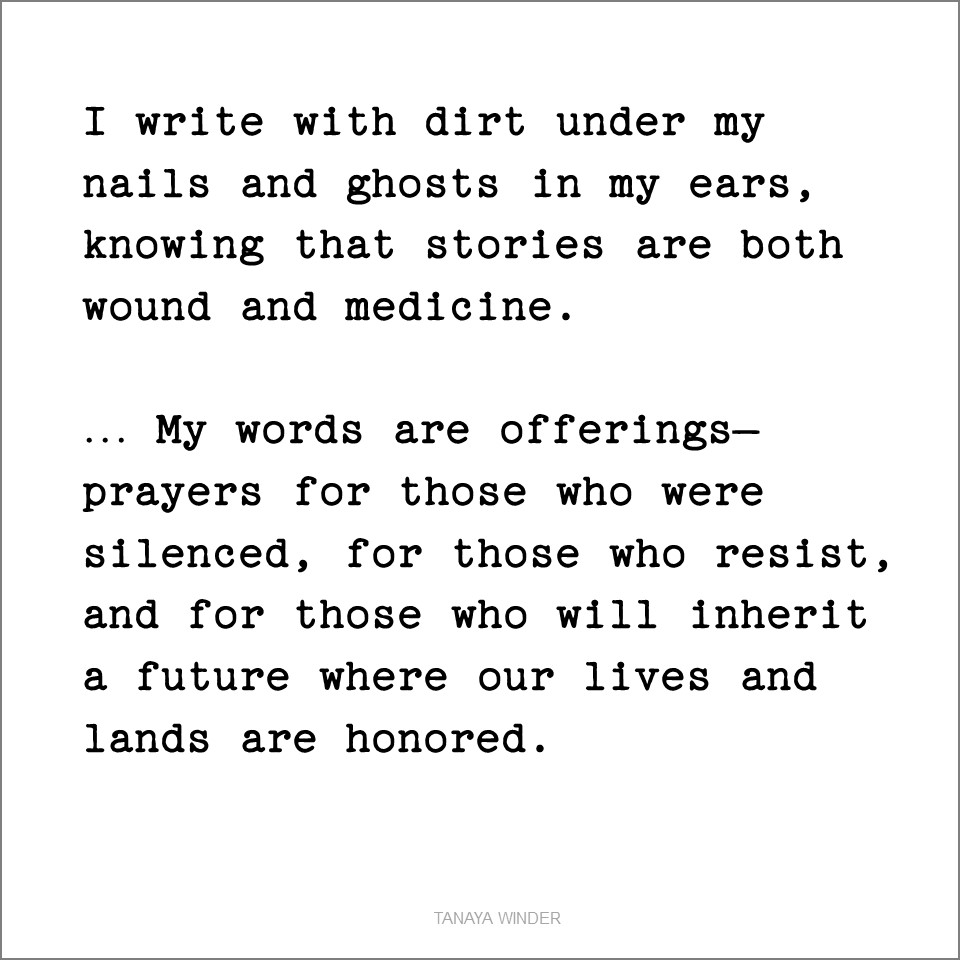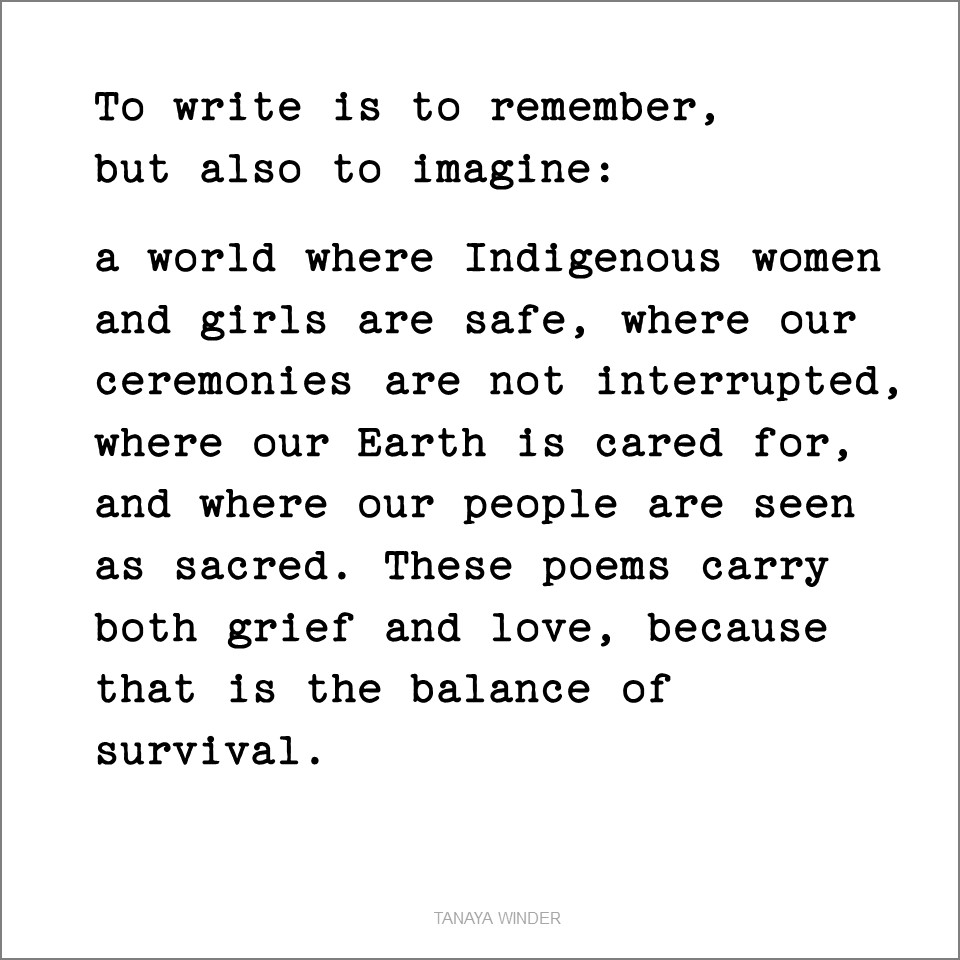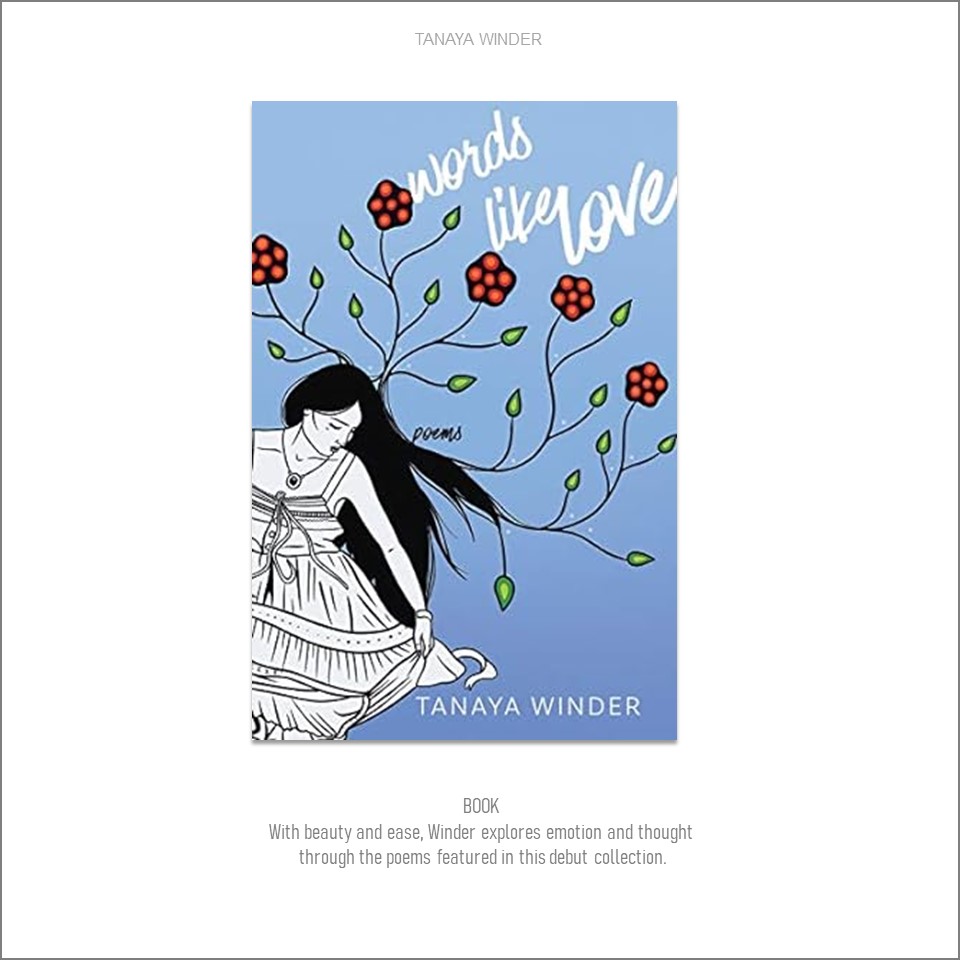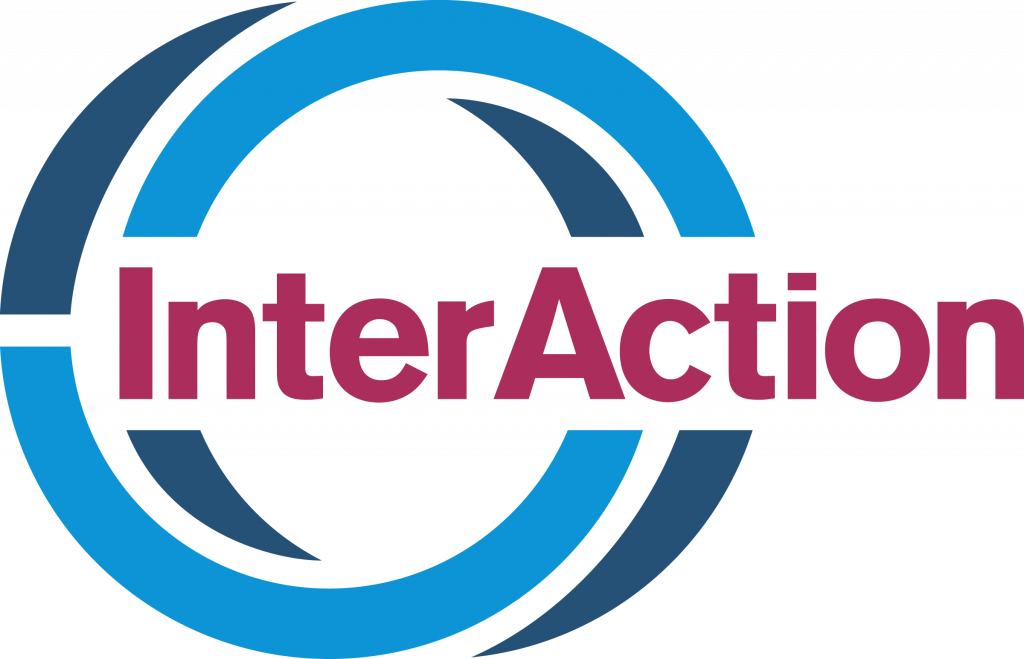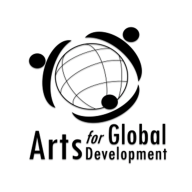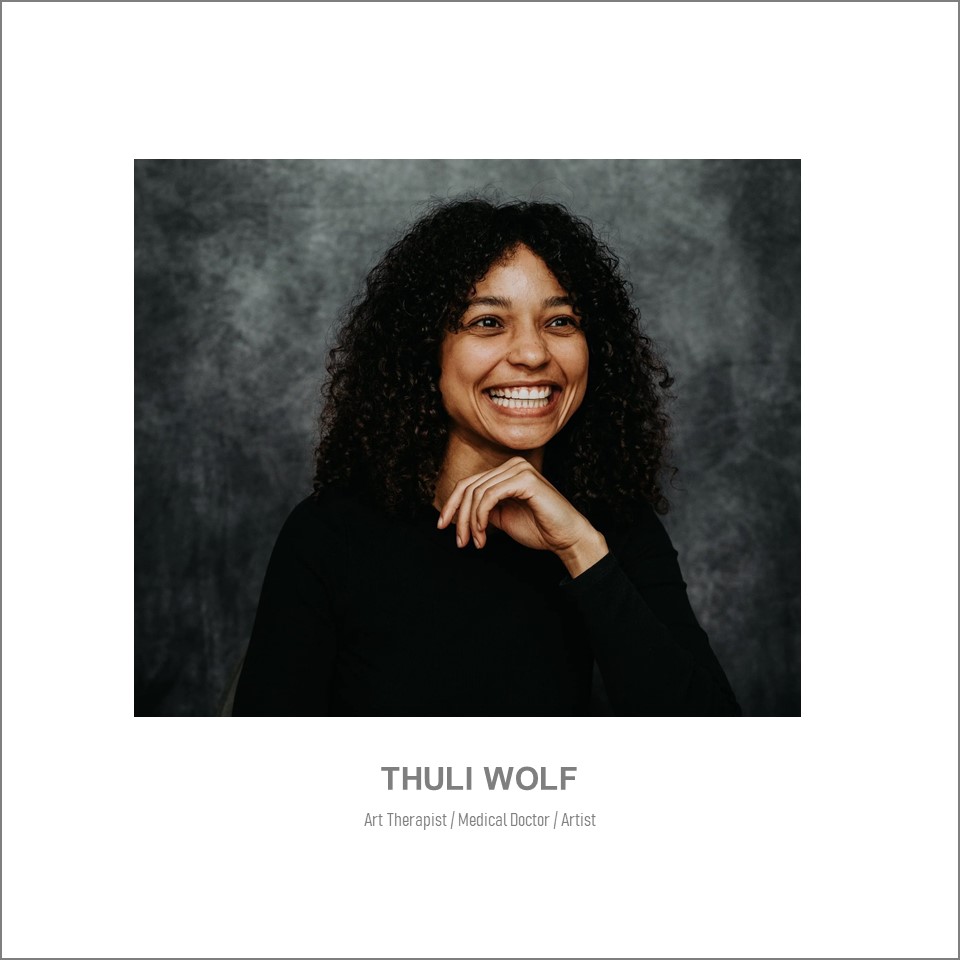
THULI WOLF is a Berlin-based medical doctor, artist, and art therapist. In her sessions, she creates a safe space for self-expression, exploration, and transformation.
Thuli deeply believes in the healing power of art, seeing it as both playful and profound—a way to navigate life’s challenges. Her mission is to help people live more creative, and therefore healthier, lives. She offers one-on-one sessions, group workshops, and company events designed to foster creativity and connection.
As a speaker, Thuli shares her insights on the healing power of art at well-known events such as the Forward Festival and Creative Mornings. As an author, she writes about the relationship between creativity and mental health, with her work published in both German and English in outlets including mae magazine and ZEITjUNG.
A member of the Advisory Board of Arts for Global Development, Thuli is featured at the FORUM with her inspirational quotes. She invites participants to explore their inner artist through a variety of art techniques—reflecting, meditating, finding peace, and celebrating the power of collective creativity.

